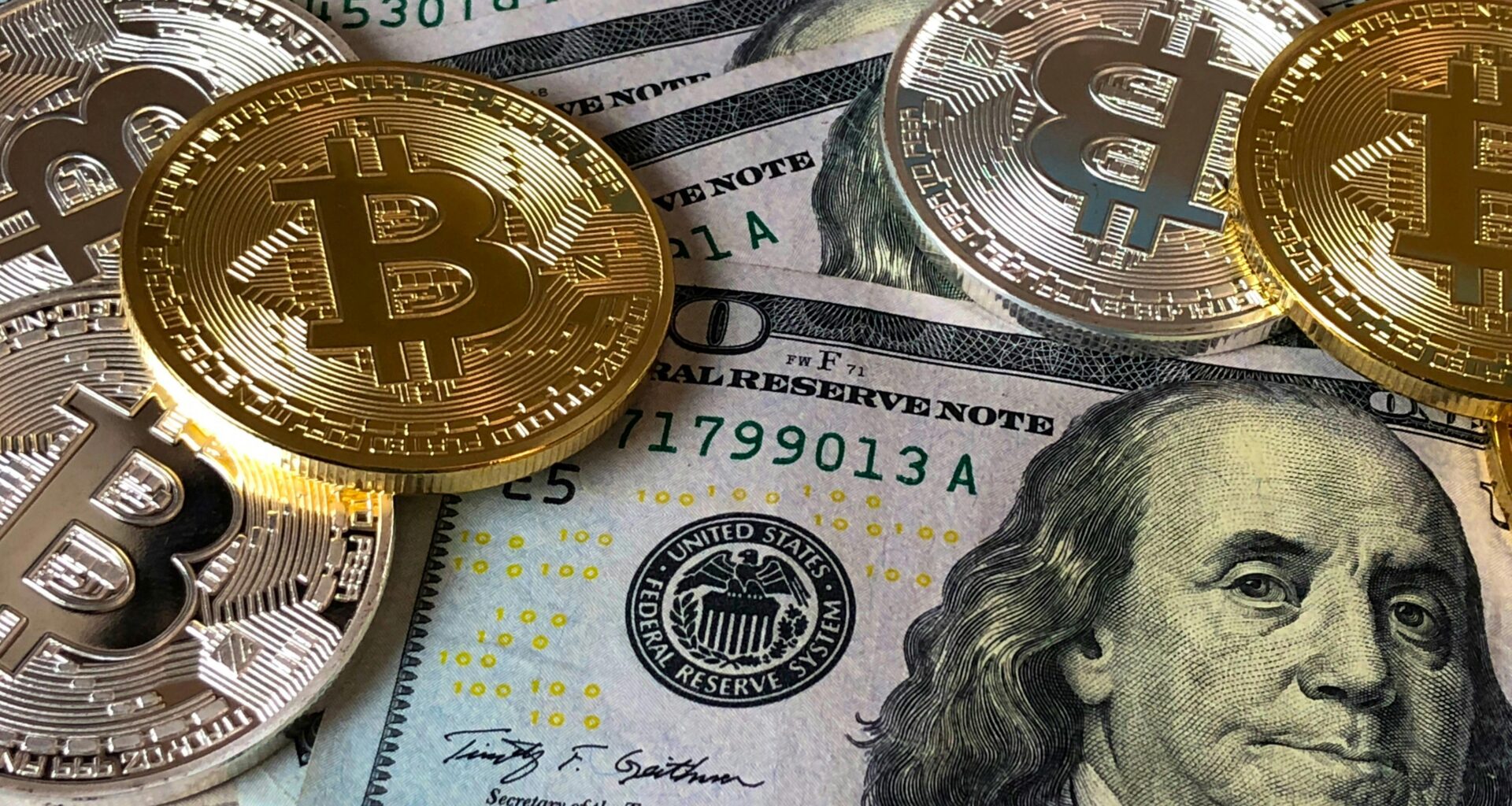During times of uncertainty, people look for ways to shelter their wealth from the erosion created by inflation. Assets like gold, real estate and fine art are very classic and dependable stores of value that offer stability when the cash in one’s pocket becomes less valuable. More recently, in high-tech times, Bitcoin and Ethereum are discussed and debated as an alternative hedge against inflation, opening up new frontiers of financial independence and preservation of wealth. But does cryptocurrency live up to the hype? More interestingly, though, where does this trend intersect with the world of arts and culture?
Cryptocurrency and Inflation: A New Kind of Hedge?
Inflation is when money continuously loses its purchasing power; that is, money over time can buy fewer goods and services. Conventional currencies will, over time, lose their purchasing power as more money is printed by governments or due to any other economic pressure. Cryptocurrencies are based on decentralized systems and, more often than not, have capped supplies resistant to governmental controls. For example, Bitcoin is capped at 21 million coins. This makes it scarce and, by many estimates, should turn the cryptocurrency into a good hedge against inflation-one of the best crypto to buy right now for those looking to protect wealth.
Historically, people have turned to “hard assets” like gold, because it is rare and valued around the world. Cryptocurrencies borrow from this concept insofar as blockchain technology allows for finite supply and decentralization, which makes it very hard for central authorities to devalue. With interest rates still low and inflation rates heating up in large swaths of the world, some investors experiment with cryptocurrencies as a digital version of gold to protect their wealth in uncertain economic times.
The Risks of Using Cryptocurrency as a Hedge
But cryptocurrency is still a flighty asset class given unpredictable price swings. While Bitcoin has shown remarkable returns since it first entered the market, it has also seen some intense losses, with sharp valuations that follow news of regulation, hacking and sentiment changes. During 2021 alone, Bitcoin’s price oscillated between $29,000 and $69,000, making it way riskier compared to more traditional inflation hedges. Gold and real estate tend to stay stable and therefore predictable in their value appraisal.
Cryptocurrency volatility is a two-edged sword. This is a unique avenue, considering the high level of possible returns; on the flip side, one should be aware of the possibility of risks associated with it, especially for those people who seek some kind of stable hedge against the rise in inflation. Such volatility undercuts the goals of investment for investors in using cryptocurrency as an inflation hedge, with the price swings eroding gains during downturns.
Cryptocurrency and the World of Arts and Culture
Speculation is an unusual bedfellow in the arts and cultural sectors. Just as NFTs and digital art have cropped up as an artistic medium that really questions traditional notions of ownership and value, so too does cryptocurrency with traditional notions of wealth and investment. The artist will find, in cryptocurrency, a fresh stream of revenue that is more fluid and democratized compared to traditional markets. Artists of NFT-based works are usually paid in cryptocurrency, a medium of exchange which, for all its volatility, is an investment in a future free of intermediary controls.
Thus, cryptocurrency ignited the artistic movement that became one of the symbols of the times of financial uncertainty and creativity. They positioned digital assets as a cultural phenomenon; in their works, authors used NFTs and crypto-related themes to express their vision regarding value, ownership and financial independence. In this up-and-coming world of crypto-art, conversations are called for on decentralization and freedom from traditional monetary systems. It really just goes to show how cryptocurrency has financial implications but also cultural ones.
These crypto donations have also led museums and galleries to begin considering them, as well as means of accepting cryptocurrency as a form of payment. An example would be the Uffizi Gallery in Florence, where cryptocurrency was used in the purchase of digital versions of famous artworks. The more these kinds of territories are explored by institutions, the more the line between art, finance and culture is further blurred. These interactions have brought about some really thought-provoking questions: How do we value art? How do we define ownership? And what is the conception of assets within an increasingly digital world?
Comparing Cryptocurrency to Traditional Art and Cultural Investments
Fine art has been an inflation hedge for a long time because there is always demand for something as rare as art and also that is culturally important with historical longevity. Art collectors also consider their acquisition as an investment that appreciates in value over time. Similar to cryptocurrency, in many ways, the values of art are driven by market sentiment; because of its attachment to physical beauty and cultural significance, it has an enduring worth beyond the financial markets.
Similar to art, cryptocurrency is a speculative investment that shares some similarities with art. It does not have inherent cultural and historical value, as traditional art would have. But with the growing usage of digital art, there also comes a new class of cultural assets. Both cryptocurrency and digital art are intangibles that question traditional notions of value and thereby offer a fascinating parallel for investors who view cryptocurrency not only as an asset but as part of a greater cultural movement.





